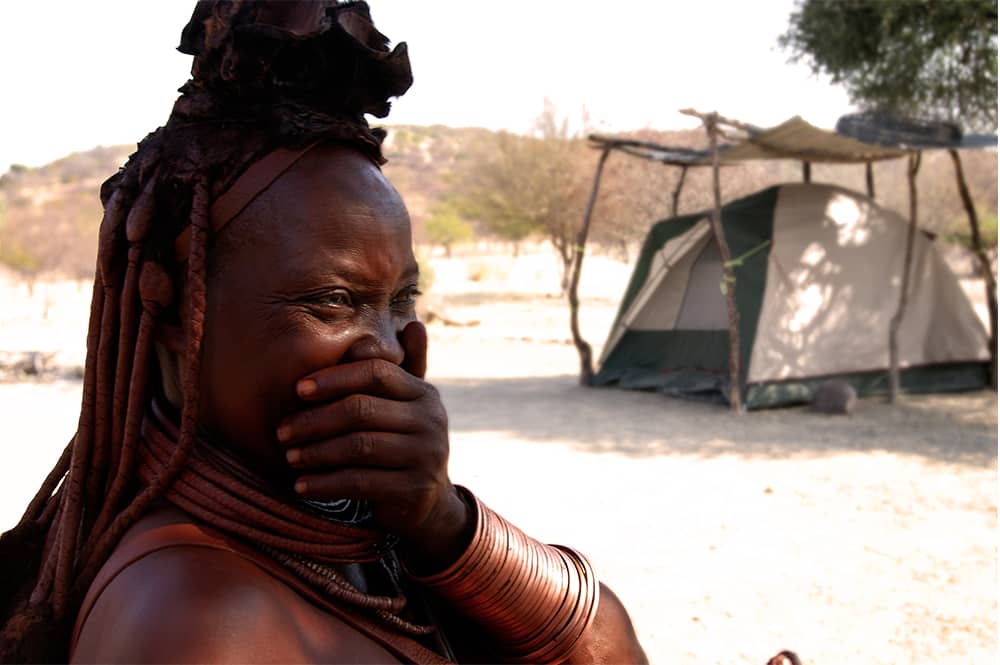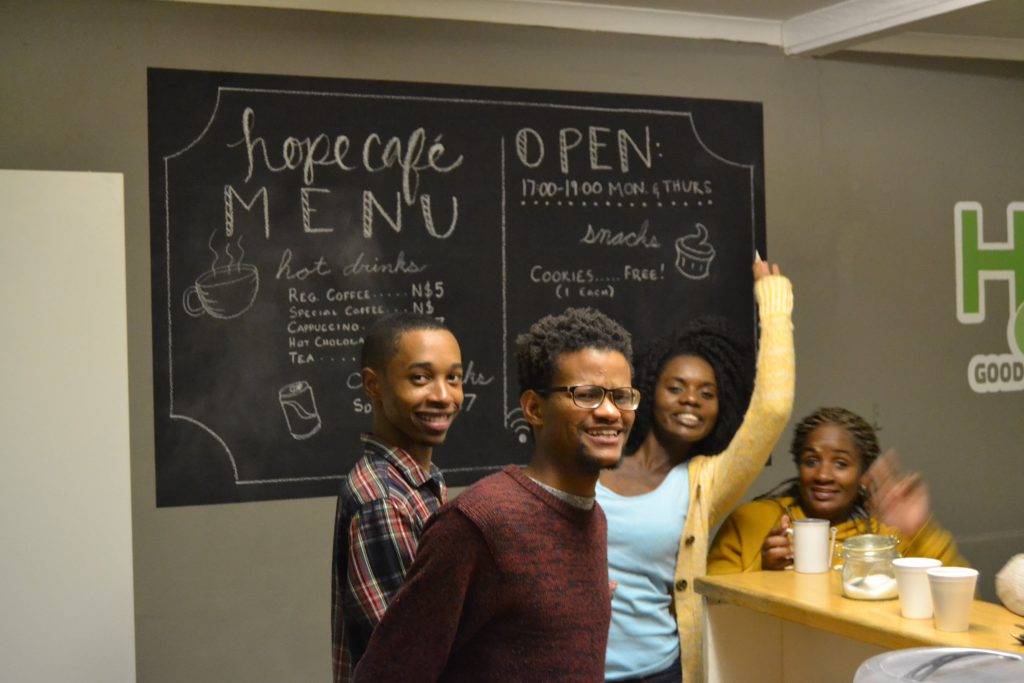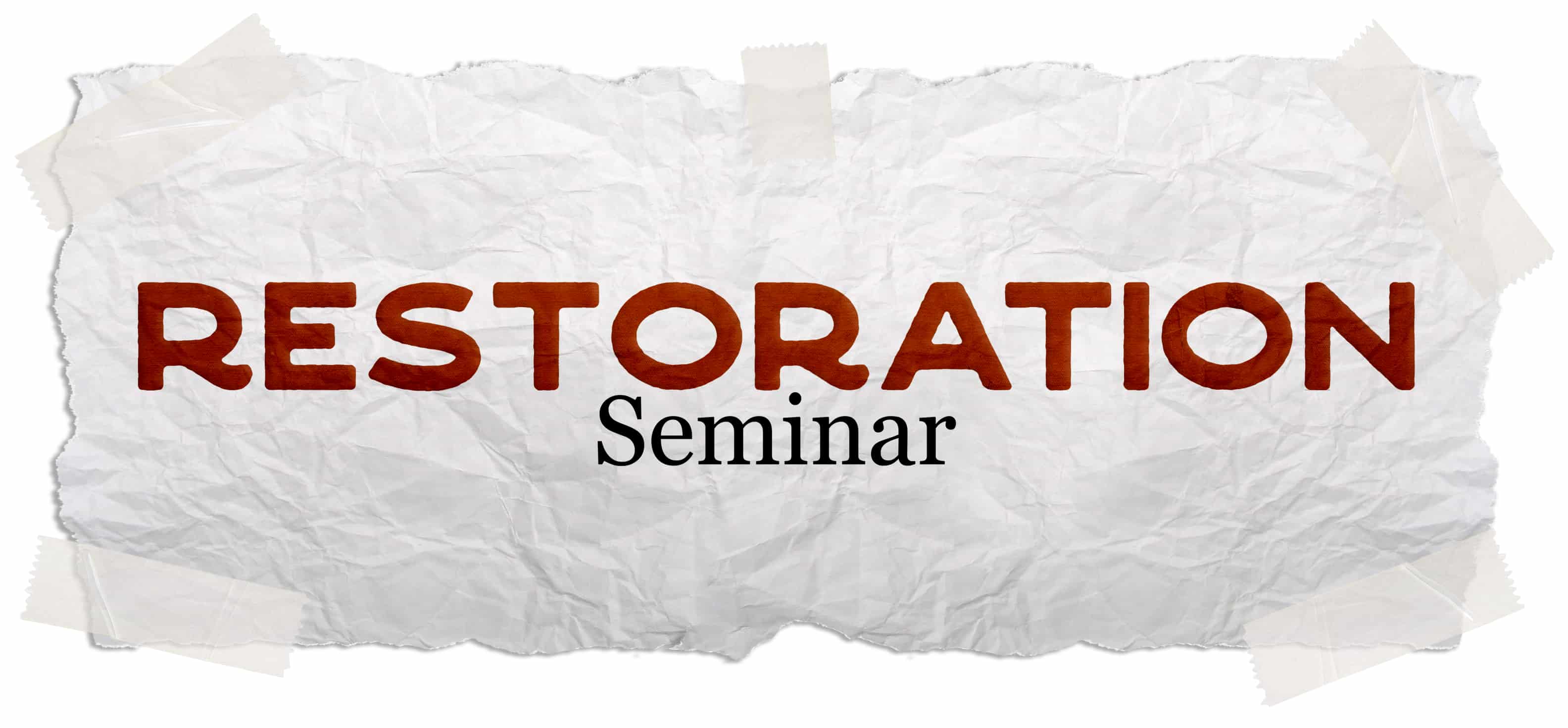
Training Indigenous Pastors Among the Unreached
While our goal is to see the seminars develop into a program carried out by local leadership and fully sustainable on local resources, at this stage of development we are looking for partnerships from like-minded individuals and churches.

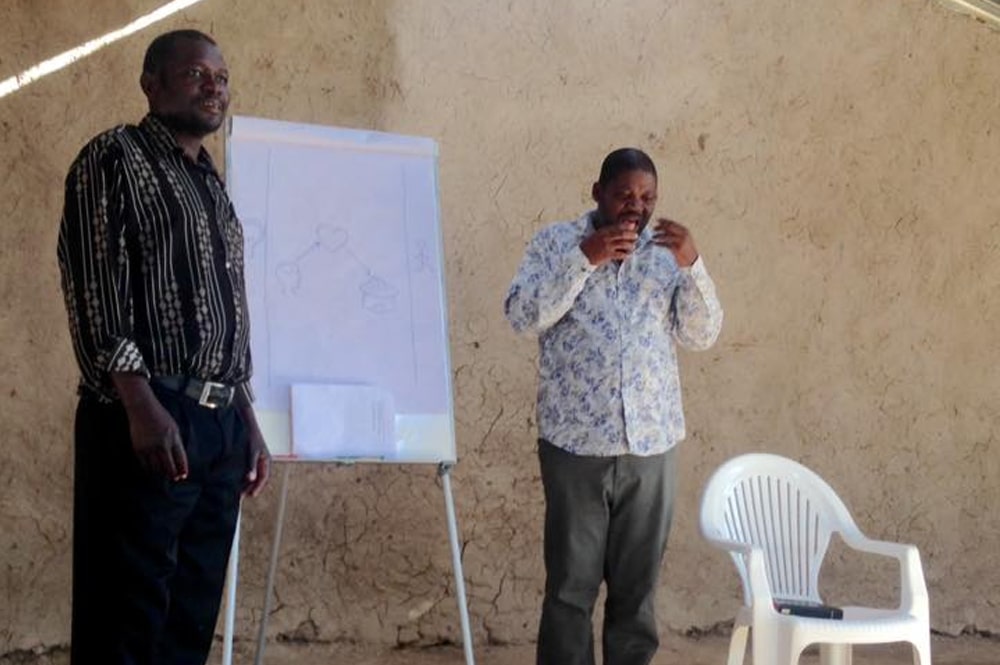
Would you like to get involved? Your giving can fund a Restoration Seminar.

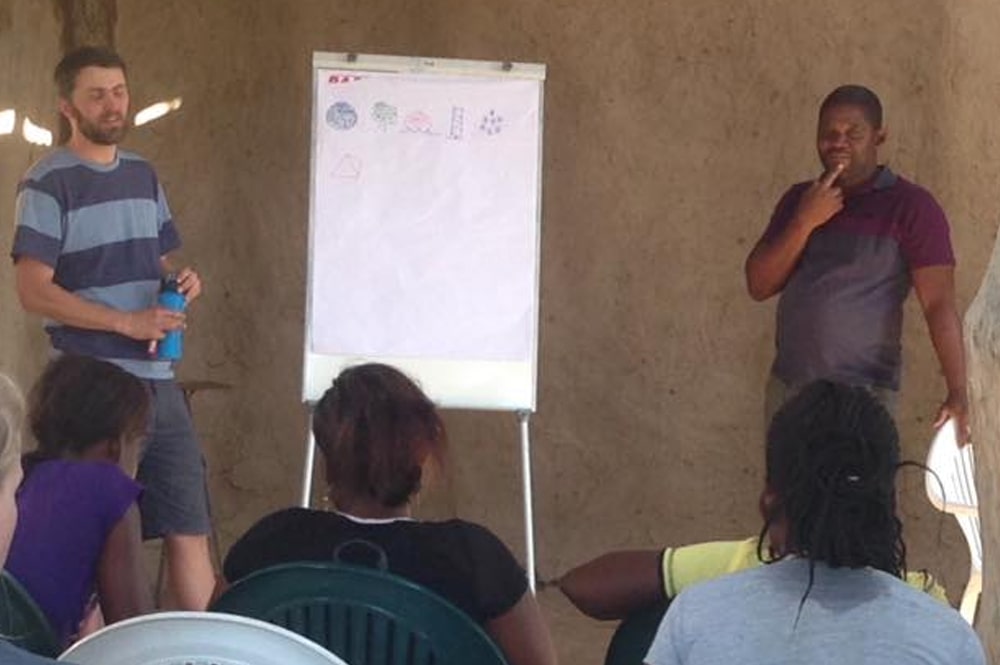

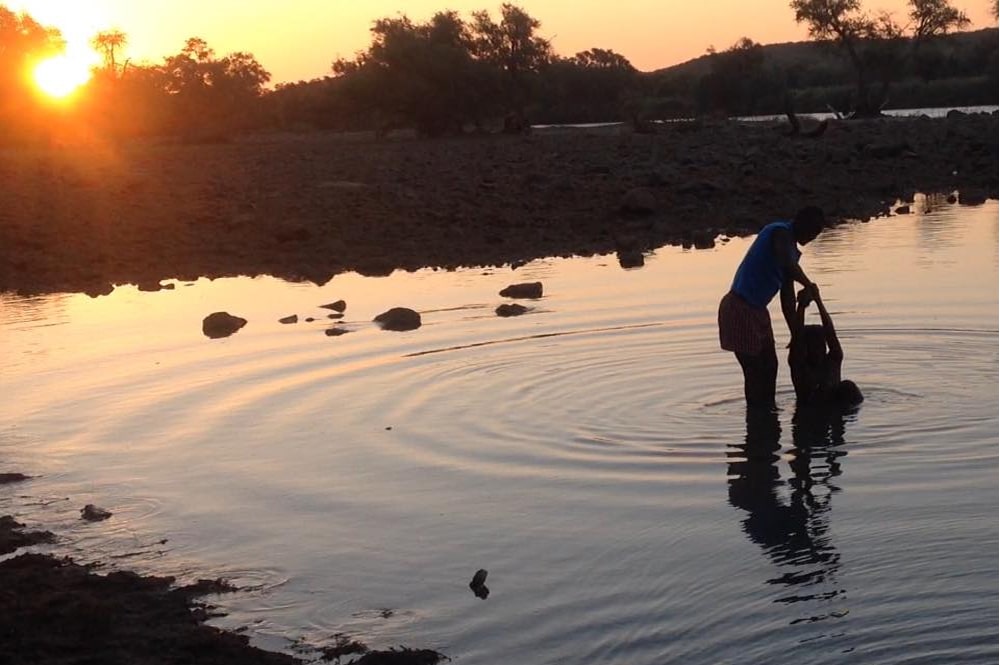
About the Ovahimba People
The Himba (singular: Omuhimba, plural: Ovahimba) are an ancient tribe in Namibia, closely related to the Herero.
Language: Otjihimba, a dialect of the Herero language
Population: about 20,000 to 50,000 people
They are a semi-nomadic, pastoral people who breed cattle and goats.
Women tend to perform more labor-intensive work than men do, such as carrying water to the village, building homes and milking cows. Men handle the political tasks and legal trials.
Their homes are simple, cone-shaped structures of saplings, bound together with palm leaves, mud and dung
In the Himba culture a sign of wealth… [is] the cattle you had owned during your lifetime…
The Himba have been plagued by severe droughts, guerrilla warfare (during Namibian independence and the Angolan civil war) and the German forces that decimated [the Himbas and] other groups in Namibia. Despite Himba life nearly coming to a close in the 1980s, they have persevered and their people, culture and tradition remain
The women are famous for covering their bodies with otjize, a mixture of butter fat and ochre, believed to protect their skin against the harsh climate.
Religion and beliefs
The Himba worship their ancestors and the god Mukuru. Often, because Mukuru is busy in a distant realm, the ancestors act as Mukuru’s representatives.
Their homes surround an okuruwo (ancestral fire) and their livestock, both closely tied to their belief in ancestor worship. The fire represents ancestral protection and the livestock allows for proper relations between human and ancestor.Each family has its own ancestral fire, which is kept by the fire-keeper, who attends to the ancestral fire every seven to eight days in order to communicate with Mukuru and the ancestors on behalf of the family.
The above information about the Himbas is from namibiatourism.com.na, the complete artile can be found here.
